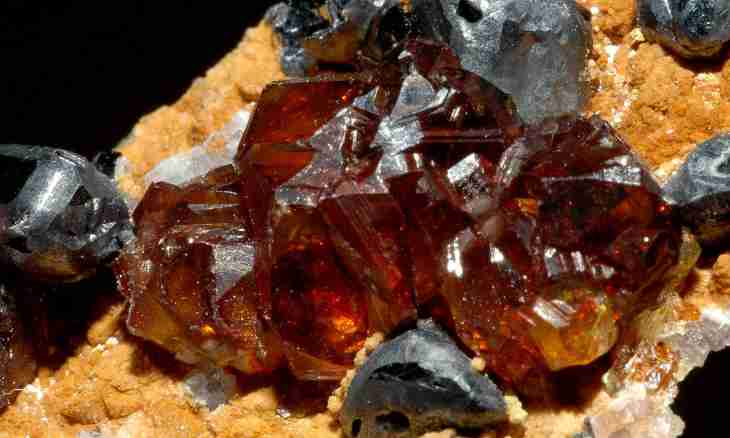Raw materials for production of metal zinc are sulphidic zinc ores. In the industry hydrometallurgical and pyrometallurgical methods of receiving zinc are used.
Hydrometallurgical method
About 85% of all zinc receive by a hydrometallurgical method. In the beginning carry out floatation enrichment of zinc concentrates to remove sulfur. Then ore is burned in suspension or in the furnace of the boiling layer, and the candle end is leached the fulfilled electrolyte containing sulfuric acid.
The received solution of sulfate of zinc is purified from iron, processing it oxide of zinc or surplus of an initial candle end. This stage is called neutral leaching. Together with iron, arsenic, antimony, aluminum, gallium and other impurity is besieged. Cadmium, nickel and copper are removed under the influence of zinc dust therefore receive copper-cadmium kek. Removal of cobalt is carried out by means of ethylxanthogenate of sodium or potassium, and get rid of chlorine, using zinc dust, sulfates of copper or silver.
Zinc is besieged catalystically from the received purified solution what use aluminum cathodes to. The fulfilled electrolyte is used for leaching. Its remains, so-called zinc kek, as a rule, contain a significant amount of zinc in the form of slightly soluble compounds, for example, of ferrite. Checchi needs to leach in addition concentrated sulfuric acid or to subject to roasting together with koksiky. Such roasting is called a veltsevaniye, it will be out in the drum rotating furnaces at a temperature about 1200 °C.
Pyrometallurgical method
Production by a pyrometallurgical method begins with oxidizing roasting with receiving lumpy material for what carry out agglomeration of a powdery candle end or roasting by tape agglomerative car. Restoration of agglomerate takes place in mix with coke or coal at a temperature exceeding zinc boiling temperature. Retorny or mine furnaces are for this purpose used. Vapors of metal zinc are condensed, and the most flying fraction containing cadmium gathers and processed separately. The firm remains are processed by a veltsevaniye.
Zinc smelting
Earlier for smelting of zinc ranks of heated horizontal retorts were used, their action was periodic. In a consequence they were replaced with vertical with continuous action. These processes are not so thermally effective as domain when combustion of fuel happens in the same camera where there is an oxide restoration. The main problem — zinc restoration by carbon does not pass at a temperature below boiling therefore condensation of vapors requires cooling. In addition, metal repeatedly is oxidized in the presence of combustion products. The problem is solved by means of spraying of vapors of zinc by the melted lead that minimizes its repeated oxidation. There is a fast cooling and dissolution of zinc which is emitted in the form of liquid, it is in addition purified with vacuum distillation. At the same time all present cadmium is restored, and lead is produced from a furnace bottom.

